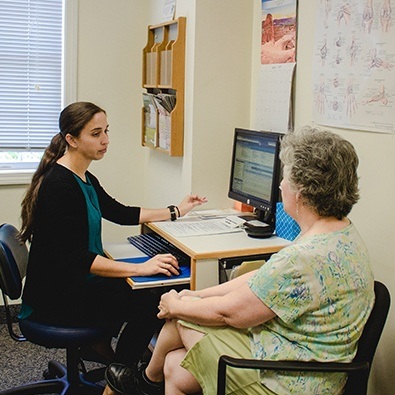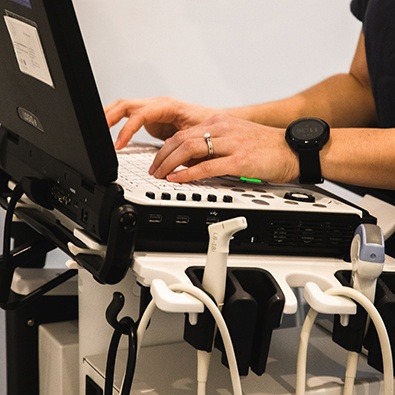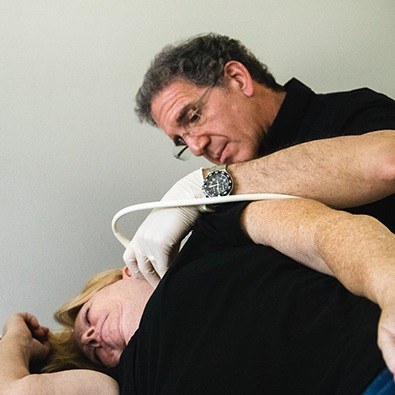
Fax: (860) 430-9693
Glastonbury, CT 06033

Calcific tendinitis refers to an accumulation of calcium deposits in a tendon. (Yes, it's spelled "tendinitis," NOT "tendonitis!") When these calcium deposits accumulate, they can cause mechanical symptoms when the calcium rubs against a bone or another tendon. And it can increase the pressure in the tendon, causing pain. While any tendon can be affected, the Rotator Cuff by far is the most common. Calcific tendinitis is a common condition that mostly affects people between 40 and 60 years old. Women seem to be more affected than men. We offer options for treating calcific tendonitis in Glastonbury, CT.

The most common reason for calcium build-up in a tendon is repetitive stress or overuse. This causes irritation and microscopic tears in the tendon. The body tries to repair the damage and protect against further damage by laying down calcium. Think of it as a type of callus formation in the tendon.
Various other factors have also been suggested to play a role in this condition, such as abnormal activity of the thyroid gland, metabolic diseases (e.g. diabetes), and genetic factors. Surprisingly, the incidence of Calcific Tendinitis is not higher either in individuals who do heavy repetitive work involving the arms or in overhead athletes.

Calcific tendinitis is characterized by pain that occurs spontaneously, usually in the morning. Pain is most commonly felt on the side of the shoulder, just below the “point” of the shoulder. However, sometimes the pain is not well localized. There can also be associated stiffness. Some people hear or feel a clicking or catching sensation or pain with certain shoulder movements.

X-rays of the shoulder or diagnostic ultrasound are needed to make the diagnosis. MRI is almost never needed but can be helpful to identify or rule out other possible causes of your pain.

Medication, such as non-steroidal anti-inflammatory drugs (NSAIDs, such as ibuprofen, Aleve, Motrin, Mobic, etc.), physical therapy, and cortisone injections are the mainstays of conventional treatment. Most cases resolve spontaneously. When the above approaches fail, alternative treatments can be tried. One approach, known as needle barbotage, involves attempting to break up the calcium deposit by chipping away at it and sucking out the pieces with a needle. Another approach is the TenJet procedure. The TenJet is a needle-like device that uses bursts of high-pressure water to break up the calcium deposits and suck out the pieces, sort of like “power washing” the tendon! The treatment is done right in our office under ultrasound guidance using only local numbing - no surgery required!